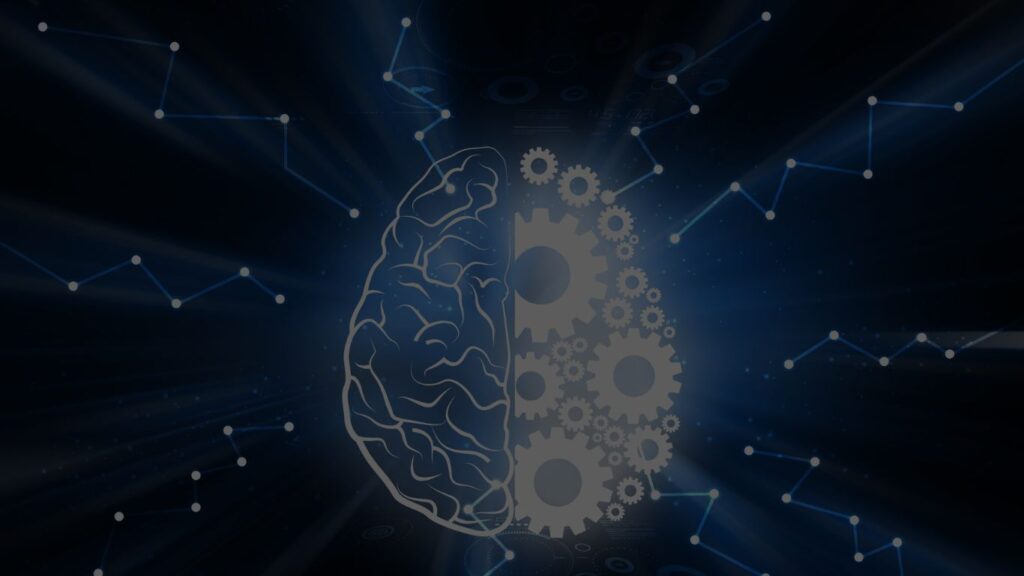Technology is entering an era where artificial intelligence (AI) is no longer just an add-on feature—it’s becoming the core operating principle of how organizations build, manage, and scale their digital systems. Traditional IT infrastructure, while reliable for decades, struggles to meet the demands of real-time decision-making, predictive analytics, and self-optimizing operations.
This is where AI-Native Infrastructure comes in—a new digital backbone built from the ground up with intelligence at its core. Unlike legacy systems that react to problems or AI-enabled systems that add intelligence on top, AI-native infrastructures are proactive, adaptive, and autonomous.
What Makes Infrastructure Truly AI-Native?
AI-native systems are not about adding AI tools to existing stacks. They are designed with machine intelligence embedded at every layer—from compute and storage to networking, data, and security.
Key Characteristics:
- Continuous Learning & Adaptation – Systems learn from every interaction and adjust in real-time.
- Real-Time Optimization – Performance tuning, traffic routing, and workload balancing happen instantly.
- Predictive Capabilities – Anticipates failures, security risks, or demand spikes before they occur.
- Self-Healing & Self-Optimizing – Automatically resolves issues, reroutes traffic, or rebalances workloads.
Think of it this way: traditional IT is reactive, AI-enabled IT is assistive, but AI-native infrastructure is autonomous and proactive.
Core Components of AI-Native Infrastructure
1. Compute & Storage: The Intelligent Foundation
- Specialized Hardware: GPUs, TPUs, and NPUs designed for parallel AI workloads.
- Smart Storage: AI-powered tiering, pre-loading, and compression to handle vast unstructured datasets like images, video, and sensor data.
- Predictive Resource Allocation: Systems provision, scale, and release resources automatically.
2. Networking: Smart Connectivity
- Self-Optimizing Networks: AI analyzes traffic patterns and reroutes intelligently.
- Network Slicing (5G/6G): Dedicated virtual networks for specific applications (autonomous cars, IoT, streaming).
- Adaptive Security: Continuous risk assessment for every connection, enabling true zero-trust.
3. Data Layer: Intelligent Information Management
- Automated Pipelines: Collect, clean, and prepare data for AI models without manual intervention.
- Data Governance: AI ensures compliance with GDPR/CCPA, anonymizes sensitive info, and manages retention policies.
- Smart Data Lineage: Automatically tracks dataset versions and quality.
4. Orchestration & Automation (AIOps/MLOps)
- AI-driven deployment, monitoring, and rollback of applications.
- Real-time anomaly detection with auto-correction before outages occur.
- Predictive scaling based on demand forecasting.
5. Security: Adaptive Defense Systems
- AI-Driven Threat Detection – Identifies anomalies in behavior and network traffic.
- Automated Response – Isolates compromised nodes, blocks attacks, and applies patches in real-time.
- Continuous Compliance – Maintains audit trails and bias checks for regulated industries like healthcare and finance.
Real-World Applications Across Industries
| Industry | AI-Native Use Case | Impact |
|---|---|---|
| Finance | Real-time fraud detection & predictive risk assessment | Decisions in 50-100ms, lower fraud losses |
| Healthcare | Predictive care & AI diagnostics | Early disease detection, resource optimization |
| Telecom | Self-optimizing 5G/6G networks | Dynamic bandwidth allocation, reduced outages |
| Cloud & Enterprise IT | Intelligent workload management | 20–40% cost reduction, higher reliability |
| Smart Cities | Adaptive traffic, energy, and safety systems | Efficient, resilient urban ecosystems |
Challenges in Implementation
- High Costs – Specialized chips (GPUs, TPUs) and redesigned systems require major investment.
- Integration Complexity – Legacy systems average 15+ years old, often incompatible with AI-native designs.
- Security & Privacy Risks – Continuous learning makes compliance and auditing harder.
- Workforce Skills Gap – IT staff must adapt to AI-driven operations, requiring retraining and cultural change.
The Future of AI-Native Infrastructure
- Quantum-Enhanced AI – Quantum computing could accelerate AI training and reduce energy use.
- Autonomous Digital Ecosystems – Fully self-managing supply chains, grids, and cities.
- Sustainable AI – Carbon-aware systems shift workloads to renewable-powered regions.
- Cross-System Intelligence – Different AI-native infrastructures collaborating for global resilience.
Strategic Recommendations for Organizations
Adopt AI-First Strategy – Start with high-impact areas (fraud detection, predictive healthcare, network optimization).
Phase the Implementation – Pilot projects first, then scale. Avoid “big-bang” transformations.
Invest in Talent – Retrain IT staff for AI operations and recruit data science expertise.
Strengthen Governance – Build frameworks for bias auditing, explainable AI, and regulatory compliance.
Think Long-Term – Treat AI-native infrastructure as a strategic investment, not a cost.
Conclusion: Building the Intelligent Backbone
AI-Native Infrastructure is not just the next IT trend—it is the foundation of the intelligent era. By embedding intelligence at every layer, these systems offer unmatched resilience, efficiency, and adaptability.
The organizations that embrace this shift now will lead tomorrow’s digital economy, while those clinging to legacy systems risk falling behind. The intelligent backbone of the future is being built today—the question is whether your organization will lead the transformation or follow it.






